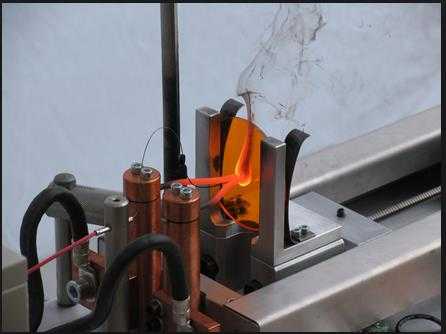Best Methods For Glow Wire Testing

For electrotechnical products, IEC 60695 indicates that the risk of fire is present in any electrical circuit which is energized. With regard to this risk, the objective of component circuit and equipment design, and of the choice of material, is to reduce the likelihood of fire, even in the event of foreseeable abnormal use, malfunction or failure. The practical aim is to prevent ignition due to the electrically energized part but, if ignition and fire occur, to control the fire, preferably within the bounds of the enclosure of the electrotechnical product.
The best method for testing electrotechnical products with regard to fire hazards is to duplicate exactly the conditions occurring in practice. In most instances this is not possible. Accordingly, for practical reasons, the testing of electrotechnical products with regard to fire hazard is best conducted by simulating as closely as possible the actual effects occurring in practice.
IEC 60695-1-3 provides that pre-selection may be made on the basis of specified tests, and by the use of specifications of the necessary resistance to fire and related combustion characteristics. It also outlines guidance that is intended to relate the specific function of the electrotechnical product, its subassemblies and its parts to the tested properties of materials, and to demonstrate the significance and the limitations of such a pre-selection procedure.
This part of IEC 60695 specifies a small-scale laboratory screening procedure for comparing the relative burning behaviour of vertically or horizontally oriented specimens made from plastic and other non-metallic materials, exposed to a small-flame ignition source of 50 W nominal power.
These test methods determine the linear burning rate and the afterflame/afterglow times, as well as the damaged length of specimens. They are applicable to solid and cellular materials that have an apparent density of not less than 250 kg/m3, determined in accordance with ISO 845. They do not apply to materials that shrink away from the applied flame without igniting; ISO 9773 should be used for thin flexible materials.
2017-12-15 15:47

